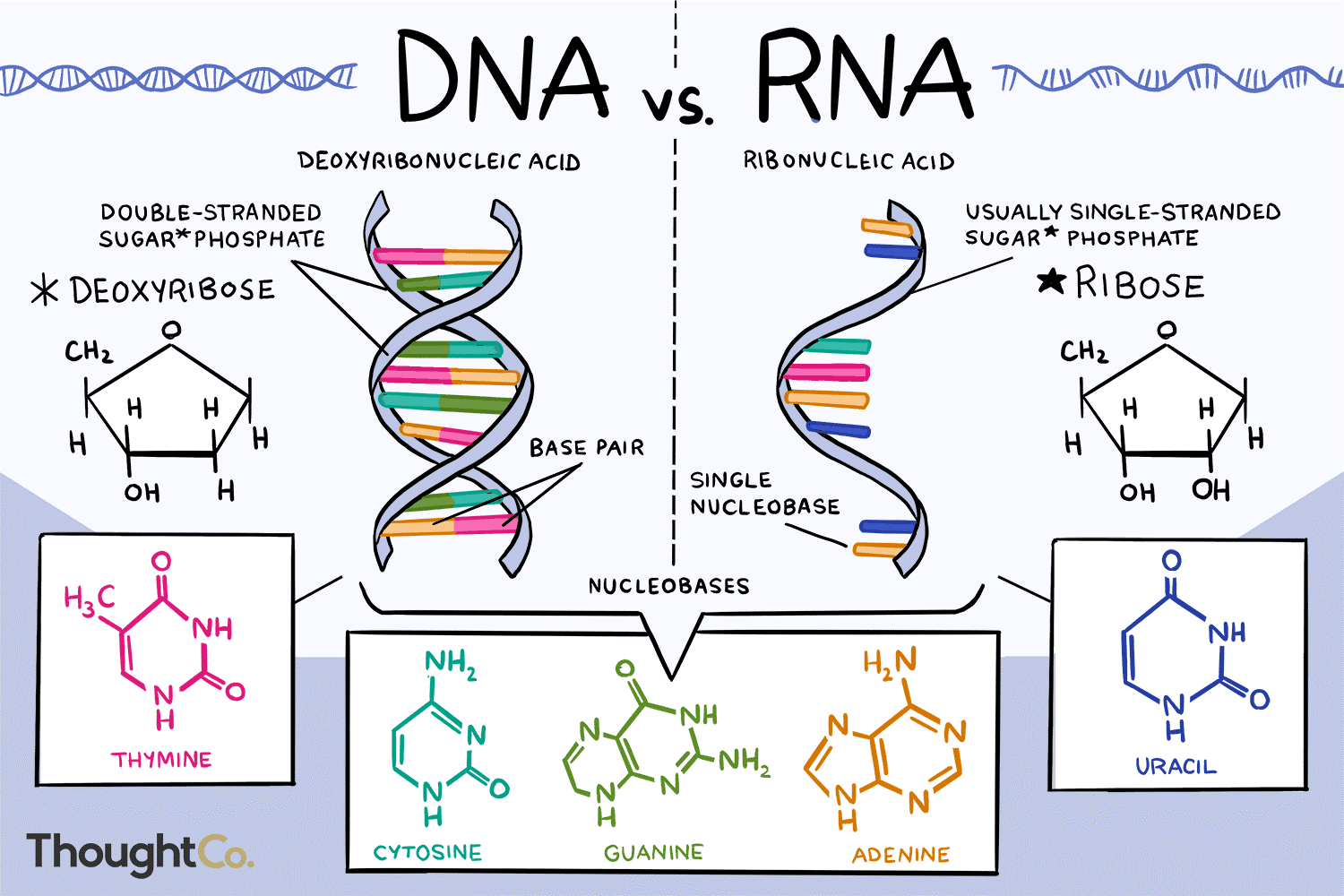7667766266
enquiry@shankarias.in
Increasing variants of the covid-19 virus and their consequences on humans.

|
DNA Virus |
RNA Virus |
|
|
|
|
|
|
|
|
|
|
|
|
A zoonosis (zoonotic disease) is an infectious disease that is transmitted between species from animals to humans (or from humans to animals).
References